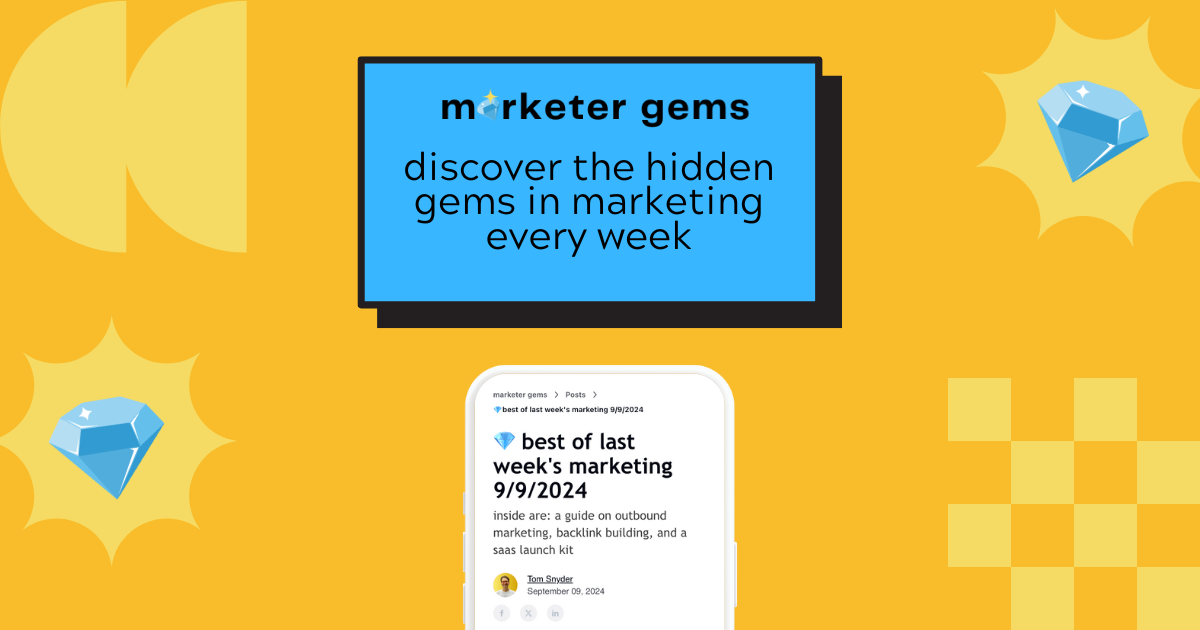Marketing
Terms
Glossary

What do all these marketing terms mean?
A
A/B Testing
A method of comparing two versions of a webpage or app to determine which one performs better.
Acquisition
The process of gaining new customers or clients through marketing efforts.
Algorithm
A process or set of rules followed by search engines to determine the relevance and ranking of content.
Affiliate Marketing
A marketing arrangement where an online retailer pays commission to an external website for traffic or sales generated from its referrals.
Analytics
The systematic computational analysis of data or statistics to discover meaningful patterns and trends, often used for decision-making in marketing strategies.
Attribution Model
A framework for analyzing which touchpoints or marketing channels receive credit for a conversion.
B
Bounce Rate
The percentage of visitors who leave a website after viewing only one page.
Brand Awareness
The extent to which consumers are familiar with the distinctive qualities or image of a particular brand.
Brand Equity
The value and strength of a brand that determines its worth, based on consumer perceptions, recognition, and loyalty.
Brand Loyalty
The tendency of consumers to continue buying products from a specific brand due to positive experiences.
Buyer’s Journey
The process that buyers go through to become aware of, consider, and evaluate a purchase.
Buyer Persona
A semi-fictional representation of your ideal customer based on market research and real data.
C
Click-Through Rate (CTR)
The ratio of users who click on a specific link to the number of total users who view a page or advertisement.
Conversion Rate
The percentage of visitors who complete a desired action (e.g., making a purchase) out of the total number of visitors.
Content Marketing
A strategic approach focused on creating and distributing valuable, relevant, and consistent content to attract and retain a clearly defined audience.
Customer Lifetime Value (CLV)
A prediction of the net profit attributed to the entire future relationship with a customer.
Customer Journey
The series of interactions a customer has with a brand that lead to a desired outcome.
Customer Retention
The activities and strategies that companies use to reduce customer defections.
D
Data-Driven Marketing
Marketing strategies and decisions that arise from the analysis of big data collected through consumer interactions.
Demographic Targeting
Targeting an audience based on demographic characteristics such as age, gender, income, and education.
Digital Marketing
The use of digital channels to promote or market products and services to consumers and businesses.
Direct Marketing
A form of advertising where organizations communicate directly to customers through various media including mail, email, and texts.
Drip Campaign
A series of marketing emails automatically sent on a schedule to nurture leads or customers.
Dynamic Content
Content that changes based on user data or interactions.
E
Earned Media
Publicity gained through promotional efforts other than paid media.
E-commerce
Buying and selling goods or services using the internet.
Email Marketing
Using email to promote products or services while developing relationships with potential customers.
Engagement Rate
A metric that measures the level of engagement that a piece of content receives from an audience.
Engagement Marketing
The use of strategic, resourceful content to engage people and create meaningful interactions over time.
Evergreen Content
Content that remains relevant and valuable over a long period without requiring frequent updates.
F
First-Party Data
Data collected directly from customers by a brand through interactions on owned platforms.
Focus Group
A diverse group of people assembled to participate in a guided discussion about a product before it is launched.
Freemium
A business model that offers basic features for free while charging a premium for advanced features.
Frequency
The number of times a person is exposed to an advertisement within a specific time period.
Funnel
A model illustrating the customer journey towards the purchase of a product or service.
G
Gamification
The application of game-design elements in marketing to engage customers.
Geo-Fencing
A location-based marketing tactic that uses GPS or RFID to trigger marketing actions within a predefined area.
Geo-Targeting
Delivering content or advertisements to a user based on their geographic location.
Growth Hacking
Techniques focused on growth, using creativity, analytical thinking, and social metrics to gain exposure.
Guerrilla Marketing
An advertisement strategy concept designed for businesses to promote their products or services in an unconventional way with little budget.
H
Hashtag
A keyword or phrase preceded by a hash mark (#), used on social media to identify topics.
Headline
The title of an advertisement or article intended to attract attention.
High-Conversion Keywords
Keywords that are more likely to lead to conversions when targeted in marketing campaigns.
House List
An email list that a company has built organically from its own marketing efforts.
Hyperlocal Marketing
Targeted marketing directed at a specific community or geographic area.
I
Impressions
The number of times an advertisement or content is displayed, regardless of clicks.
Impression Share
The percentage of times your ad was shown out of the total available impressions.
Inbound Marketing
A strategy that focuses on attracting customers through content and interactions that are relevant and helpful.
Incentive
A benefit offered to encourage specific actions, like signing up or purchasing.
Influencer Marketing
Collaborating with influential people to promote a product or service to their audience.
J
Joint Venture (JV)
A business arrangement where two or more parties agree to pool their resources for a specific goal.
Journey Analytics
The analysis of the customer journey, capturing touchpoints to improve customer experience.
Journey Mapping
A visual representation of the process a customer goes through to achieve a goal with your company.
K
Key Performance Indicator (KPI)
A measurable value that demonstrates how effectively a company is achieving key business objectives.
Keyword Research
The process of finding and analyzing search terms that people enter into search engines with the goal of using that data for SEO or marketing.
Knowledge Panel
An information box that appears on Google search results pages when users search for entities (e.g., a person, place, organization).
L
Landing Page
A standalone web page created specifically for a marketing or advertising campaign.
Lead Generation
The initiation of consumer interest or inquiry into products or services of a business.
Lead Nurturing
The process of developing relationships with buyers at every stage of the sales funnel and through every step of the buyer's journey.
Lead Scoring
A methodology to rank leads based on their potential value to prioritize follow-ups.
Lookalike Audience
A targeted audience built from an existing customer or user base to find similar prospects.
M
Market Segmentation
Dividing a broad target market into subsets of consumers with common needs or characteristics.
Market Share
The portion of a market controlled by a particular company or product.
Marketing Automation
Technology that manages marketing processes and multifunctional campaigns, across multiple channels, automatically.
Marketing Mix
A set of actions or tactics that a company uses to promote its brand or product in the market, often referred to as the 4 Ps: Product, Price, Place, Promotion.
N
Native Advertising
A type of advertising that matches the form and function of the platform upon which it appears.
Niche Marketing
Targeting a specific, well-defined segment of the market.
O
Organic Traffic
Visitors who arrive at a website through unpaid search results.
Omnichannel Marketing
A multichannel approach that provides customers with a seamless experience across all channels, whether they're shopping online or in a brick-and-mortar store.
P
Pay-Per-Click (PPC)
An advertising model where advertisers pay a fee each time one of their ads is clicked.
Persona
A semi-fictional representation of your ideal customer based on market research and real data.
Positioning
The process of establishing the image or identity of a brand or product so that consumers perceive it in a certain way.
Q
Qualified Lead
A lead that has been deemed more likely to become a customer compared to other leads.
R
Return on Investment (ROI)
A measure used to evaluate the efficiency of an investment or compare the efficiency of several investments.
Return on Ad Spend (ROAS)
A marketing metric that measures the efficacy of a digital advertising campaign, calculated by dividing revenue by advertising costs.
S
SEO (Search Engine Optimization)
The process of improving the quality and quantity of website traffic by increasing the visibility of a website to users of a web search engine.
Social Proof
A psychological phenomenon where people assume the actions of others in an attempt to reflect correct behavior in a given situation.
Segmentation
The process of dividing a broad consumer or business market into sub-groups based on shared characteristics.
T
Target Audience
A particular group of consumers identified as the recipients of an advertisement or message.
U
Unique Selling Proposition (USP)
A factor that differentiates a product from its competitors, such as cost, quality, or novelty.
Urchin Tracking Module (UTM)
UTM parameters, short for Urchin Tracking Modules, are snippets of text added to the end of a URL to help marketers track the performance of their campaigns. They’re like tags that tell your analytics tools where your visitors are coming from.
They follow a ? in the URL. Here's an example:
https://www.marketertools.co/?utm_source=newsletter&utm_medium=email&utm_campaign=black-friday
While you're at it, build your own UTMs with the UTM Generator 😄
V
Viral Marketing
A marketing strategy that encourages individuals to pass on a marketing message to others, creating exponential growth.
W
Webinar
A seminar conducted over the internet, allowing participants in different locations to see and hear the presenter, ask questions, and sometimes answer polls.
X
XML Sitemap
A file that lists a website's important pages, making sure search engines can find and crawl them all.
Y
Yield Management
A pricing strategy that involves variable pricing based on an analysis of supply and demand to maximize revenue.
Z
Zero Moment of Truth (ZMOT)
The moment in the buying process when the consumer researches a product prior to purchase.

The Marketer Gems newsletter is for marketers who want to zoom past the competition. Join 15k+ other marketers already crushin' it.
Mondays: Roundup of the top articles & apps for marketers
Thursdays: Deep dive into unique brands' marketing